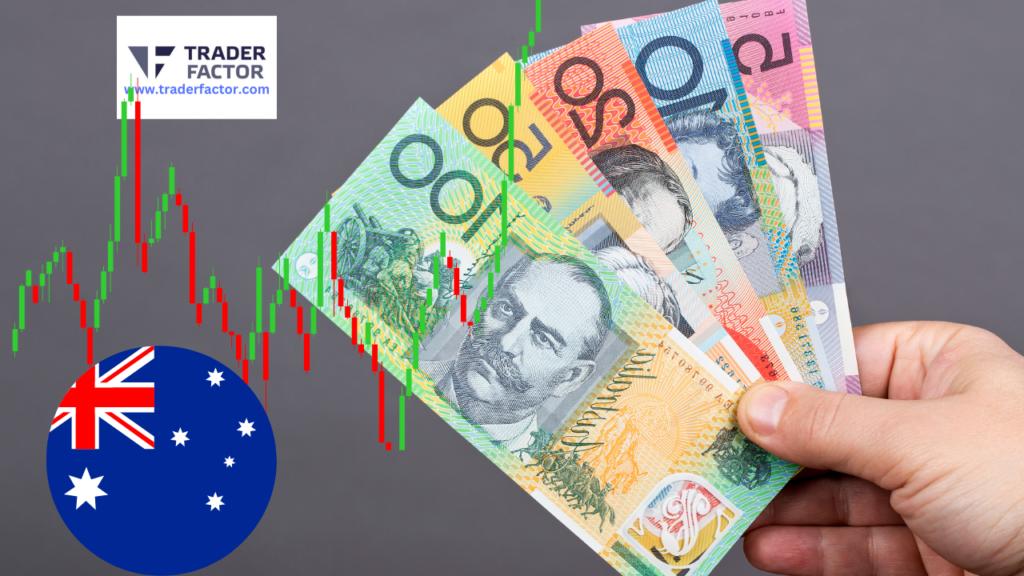Among the various approaches employed by traders in Forex trading, scalping is a common strategy that enhances the chances to generate quick profits. It stands out for its agility and precision. Unlike some other strategies that focus on long-term trends, Scalping involves executing numerous trades within short time frames, often aiming to capitalize on small price differentials known as pips.
Now, you might be wondering, what exactly is Scalping Strategy and how does it work? Instead of waiting for significant price movements, Scalpers jump in and out of trades swiftly, aiming to capture even the slightest price fluctuations.
At the heart of Scalping lies the concept of pip count. For Scalpers, each pip gained or lost matters significantly, as they accumulate these small gains over multiple trades.
In this discussion, we’ll explore the scaling strategy, its fundamental principles and practical considerations.
Understanding Forex Scalping

To grasp the concept of forex scalping, you’ll need to understand it’s a rapid trading method where traders make their decisions within seconds to minutes. The aim is to profit from small price changes, and it’s often referred to as ‘picking up pennies in front of a steamroller’. It’s a strategy that requires a high level of discipline and precision.
Scalping indicators are crucial tools in your trading arsenal. They provide essential signals that help you to identify potential trading opportunities. There’s a wide variety of indicators available, each with its unique strengths and weaknesses. You might use moving averages, stochastic oscillators, or relative strength index (RSI). It’s all about finding the ones that align with your trading style and strategy.
Timeframes for scalping are incredibly short. Most forex scalpers operate within the 1-minute to 15-minute timeframes. It’s here that you’ll observe the fast-paced nature of the forex market, make rapid decisions, and execute trades. Remember, in scalping, every second counts. So, be prepared to make quick decisions and act promptly to maximize your potential profit. You’re in this for the small, frequent wins, not the big haul.

How Many Pips in Scalping?
You might wonder, how many pips are generally involved in a scalping strategy? Well, understanding the number of pips in scalping is vital as it directly impacts your trading success. Let’s now discuss the typical pip count in scalping and how it shapes your strategy.
Understanding Pips in Scalping
Before diving deeper into scalping strategies, let’s first grasp the concept of ‘pips’ and understand how many pips are typically involved in scalping. Pips are the smallest unit of price for any currency, and in scalping, you’re generally aiming for small pip gains.
Here’s a quick rundown of the main points:
Pip Calculation Techniques: You calculate pips by comparing the change in price with the original price. So, if the price moves from 1.3000 to 1.3001, that’s a one pip increase.
Scalping Timeframes: Scalpers usually operate on short timeframes, typically looking for 5-10 pips per trade.

Number of Pips in Scalping: The number of pips involved in scalping can vary greatly, but remember, you’re typically looking for small, quick gains.
Scalping Strategy Pip Count
In scalping, the number of pips you’re aiming to gain can greatly influence your strategy and potential profitability. The market volatility impact and your scalping timeframe considerations are key factors to consider.
Market volatility can swing your potential pip count up or down. During high volatility, you might target more pips, but there’s also increased risk. Conversely, in low volatility, you might aim for fewer pips, but your trade might be safer.
Also consider your timeframe. Shorter timeframes might mean fewer pips per trade, but more potential trades. Longer timeframes might yield more pips per trade, but fewer opportunities.
| Timeframe | Volatility | Potential Pips |
| Short | High | More |
| Short | Low | Less |
| Long | High | More |
| Long | Low | Less |

Aim for a balance that suits your risk tolerance and trading goals.
Scalping Strategy: Risk Vs Reward

Understanding the risk and reward aspects of the scalping strategy is crucial for any trader seeking to navigate this high-speed, short-term trading method. Scalping longevity and scalping psychology play key roles in managing these risks and rewards.
You see, successful scalping relies on quick decisions under stress, which can greatly impact scalping psychology. It’s essential to manage emotions and maintain discipline, as this will affect your longevity in scalping.

Here’s a breakdown of risk versus reward in scalping:
Risks
- Fast-paced trading can lead to quick losses.
- High transaction costs due to frequent trading.
- Requires constant market monitoring, leading to mental exhaustion.
Rewards
- Potential for quick profits due to the high volume of trades.
- Profits can accumulate over time, even though gains on individual trades are small.
- Provides numerous trading opportunities within a day.
Profiting From Small Price Changes

Harnessing the power of small price changes can boost your scalping profits significantly. This strategy focuses on making rapid trades throughout the day, capitalizing on the small, almost negligible price changes in the market.
Minimizing losses is crucial for this strategy. You’ll need to set a strict exit strategy to protect yourself from any sudden market volatility. This means you’ll be cutting losses quickly, sometimes after only a small dip in price. Remember, in scalping, it’s not about making big wins; it’s about accumulating small profits that add up over time.

Here’s a simple table to illustrate the relationship between the number of trades, average profit per trade, and total profit:
| Number of Trades | Average Profit per Trade | Total Profit |
| 10 | 5 pips | 50 pips |
| 50 | 2 pips | 100 pips |
| 100 | 1 pip | 100 pips |
| 200 | 0.5 pips | 100 pips |
As shown, even with a decreasing average profit per trade, you can still maintain or increase your total profit by simply doing more trades. This is the power of profiting from small price changes in scalping.
Strategies to Maximize Pip Gains

To maximize your pip gains in scalping, you’ll need to employ specific strategies that leverage small price changes to your advantage. Success in this field requires mastery of optimal scalping techniques and a constant drive to improve scalping efficiency.
Here are three key strategies you can implement:
Precise Entry and Exit Points
- Identifying the right points to enter and exit trades is crucial. You need to have a keen eye for patterns and trends that signal the best times to act.
- Avoid jumping in too early or too late. Timing is everything in scalping.

Leveraging Technology
- Use automated trading systems to increase your scalping efficiency. These tools can execute trades faster and more accurately than manual trading.
- Always keep yourself updated with the latest technological advancements in the trading industry.
Constant Market Analysis
- Monitoring market trends and news can help anticipate price changes. This proactive approach enables optimal scalping.
- Diversify your analysis. Don’t rely solely on technical analysis; incorporate fundamental and sentiment analyses as well.
Mastering Scalping: Essential Tips

Before you can fully master scalping, it’s crucial you’re armed with a handful of essential tips. First, understanding Scalping Timing is paramount. It’s all about quick decisions and even faster trades. You’re not holding positions for long, so the timing of your trades is everything. It’s recommended to trade during the busiest market hours to take advantage of the most significant price moves.
Secondly, short-term trading requires a firm grasp of technical analysis. You’re not looking at long-term trends or company fundamentals. Instead, you’re focusing on tiny price movements and making predictions based on them. So brush up on your chart patterns and indicators.
Lastly, it’s vital to have a robust risk management strategy. Even though you’re only in trades for a short time, things can still go wrong. Set stop-loss and take-profit levels for each trade and stick to them.

Conclusion
So, you’ve learned about scalping and the critical role pips play in it. The number of pips involved can vary, but remember, scalping is about making small, frequent gains. It’s a risk-reward game where you profit from tiny price changes. With effective strategies, you can maximize your pip gains. Mastering scalping requires practice, but with these tips, you’re one step closer to becoming a successful scalper. Keep learning and stay patient.
Author
-

Phyllis Wangui is a Financial Analyst and News Editor with qualifications in accounting and economics. She has over 20 years of banking and accounting experience, during which she has gained extensive knowledge of the forex, stock news, stock market, forex analysis, cryptos and foreign exchange industries. Phyllis is an avid commentator on these topics and loves to share her insights with others through financial publications and social media platforms.
View all posts













